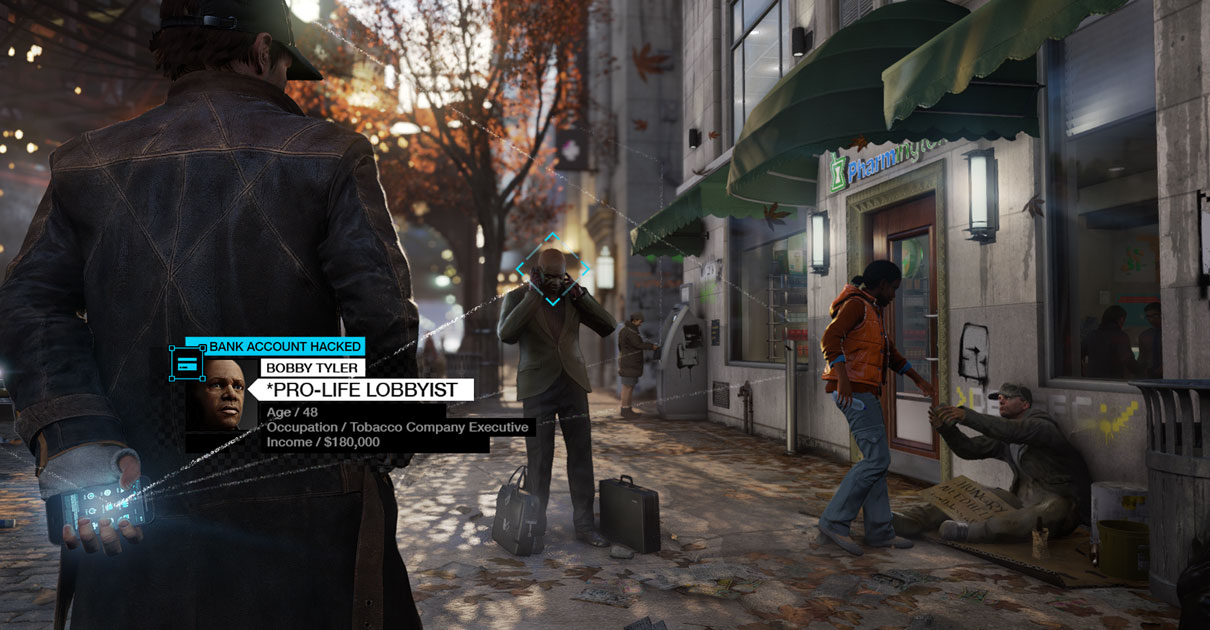Wrap Up: Delaying Watch Dogs was the Right Choice
It's evident now that delaying Watch Dogs was the right choice for both gamers and Ubisoft – we got a high quality game and they hit an internal record for preorders on a new IP. Although I've only played a small portion of Watch Dogs, the graphics have been incredible and so has the gameplay. Given its detailed open world environment, the texture quality is surprisingly good, as good as any linear AAA title I've played.
Running the game maxed out makes the PC platform feel quite special, which is something few games achieve anymore. Despite that vivid detail, Watch Dogs is playable on ultra at full HD using relatively affordable hardware with the R9 280X and GTX 770 delivering solid performance. While these $300 GPUs aren't exactly cheap, we're surprised the game doesn't call for a GTX 780 or R9 290 considering how good it looks.
If you don't need 60fps, the GTX 660 Ti or R9 270 are probably fine at about 40fps, which means it's possible to enjoy Watch Dogs at its best for less than $200. Conversely, if you wish to venture beyond 1920x1200 then the GTX 780 or R9 290 will be essential. Lastly, if you can't afford a new GPU right now, using high quality with FXAA let the GTX 480/HD 6970 render more than 30fps and the GTX 750 Ti/HD 265 over 40fps
On the CPU side, the Core i5 and FX-8000 series processors can get the most out of a high-end GPU, or near enough. The FX-6000 as well as the Core i3 series also perform well, while those with a FX-4000 series CPU will lose quite a bit of performance and AMD APU/Phenom II users are out of luck. Likewise, Haswell-based Pentium and Celeron processors won't do that well in Watch Dogs either, if that comes as any surprise.
To be fair, we were testing those CPUs with a R9 290X at 1920x1200. Even so, with around 40 to 50fps instead of 80fps when using Core i7 chips, gamers would expect a hefty loss of performance using a low-end CPU with most gaming GPUs.
Although both AMD and Nvidia cards performed with no issues, we weren't able to get multi-GPU technology working so SLI and Crossfire users might have to wait for a new set of drivers. We couldn't test SLI extensively and Crossfire definitely wasn't working.
Finally, we would like to thank HIS for providing its latest Radeon 200 series cards. The new R9 290X iPower IceQ X² Turbo 4GB was particularly impressive and we look forward to overclocking it.
Until the next one, you can check out more PC gaming benchmark tests here, including Far Cry 4, Dragon Age: Inquisition, Battlefield Hardline, Dying Light and more.


